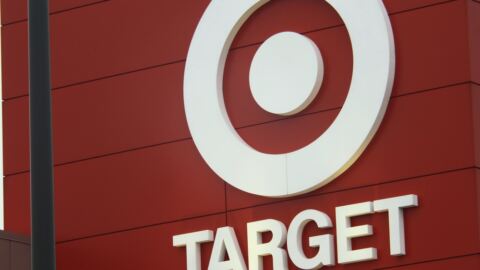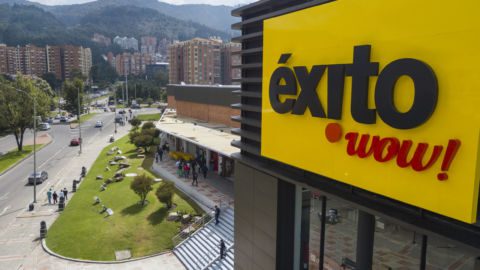The question of when and how to use promotions for maximum impact was the hot topic at the 2019 Retail Innovation Conference’s CMO Panel. Dave Finnegan, Customer Experience Officer at Orvis, revealed how the retailer has been pulling back from offering discounts to improve the bottom line.
Previously, Orvis would clear out old inventory with 32 flash sales each year, but the frequent sales didn’t help support the brand’s key image — that of high-end outdoors products. Finnegan was inspired to take a new approach after having a conversation with CEO Perk Perkins, when he asked what Perkins would do if the company was started over from scratch.
Advertisement
Finnegan expected Perkins to discuss the advantages of starting as an e-Commerce pure play, because Orvis makes 65% of its sales online, but the CEO’s response was different. Finnegan recalled Perkins saying that he would “Find the most amazing product in the world, and sell the hell out of that.”
The brand story of Orvis was already that it offered the most amazing product in the world, according to Finnegan. While flash sales were necessary to deplete excess inventory, they weren’t a meaningful addition to the brand’s appeal.
“From a consumer perspective and a customer service perspective, which we often don’t talk about, the most important thing in changing the customer’s experience is the product experience they have after they buy,” said Finnegan. “For us to get that right is essential to our brand and who we are.”
The company has since cut the number of annual flash sales that it runs in half, and plans further reductions in the future. The retailer also is starting to harness affiliate marketing to get rid of excess goods: by providing affiliates with aggressive deals, this channel is becoming more meaningful and helping Orvis get its brand experience across in a more organic manner.
Additionally, Orvis has started measuring success by a daily gross profit KPI, rather than using a sales or demand metric. This makes it easier for the marketing team to walk away from promotions, as they understand that even if demand goes down, it can be worth it if the company’s profits improve.
“It transformed our ability to walk past promotion and not chase demand,” said Finnegan. “We can chase demand and sales all day, tell a really great story and still not be profitable.”
The overall transformation is still in its early stages, and Orvis is exploring a number of paths to success. The retailer also is starting to create personalized promotions that will appeal to different shoppers; finding “hero products” that can be the focus of major launches; and using AI to predict customers’ most likely next purchase.
“What we’re learning is, if we tell really meaningful full-priced stories on why Orvis or why that product matters, we know we can move it,” said Finnegan. “Understanding that and understanding how we can pull the needle out of promotion is the one-two punch we’re trying to get to.”













